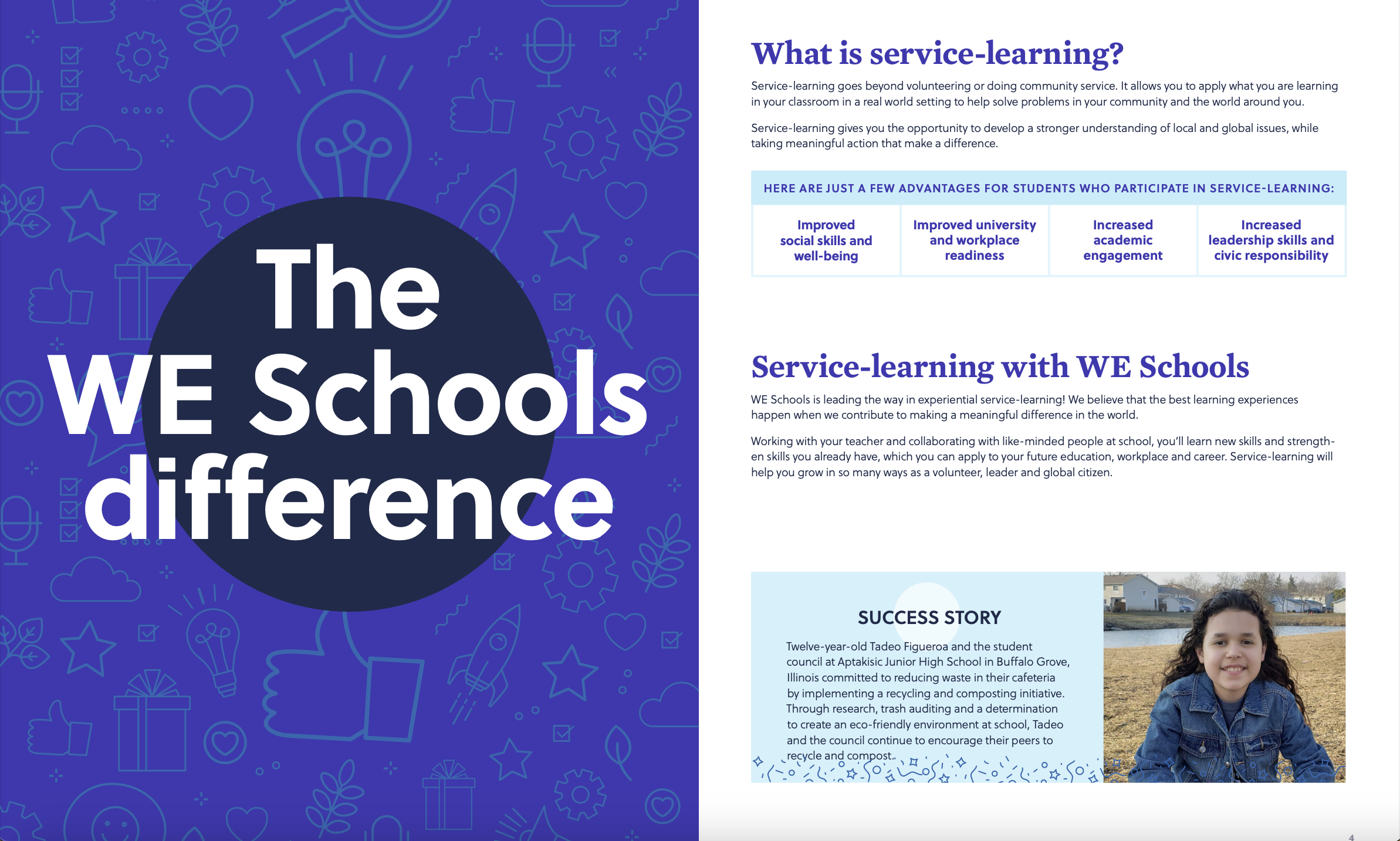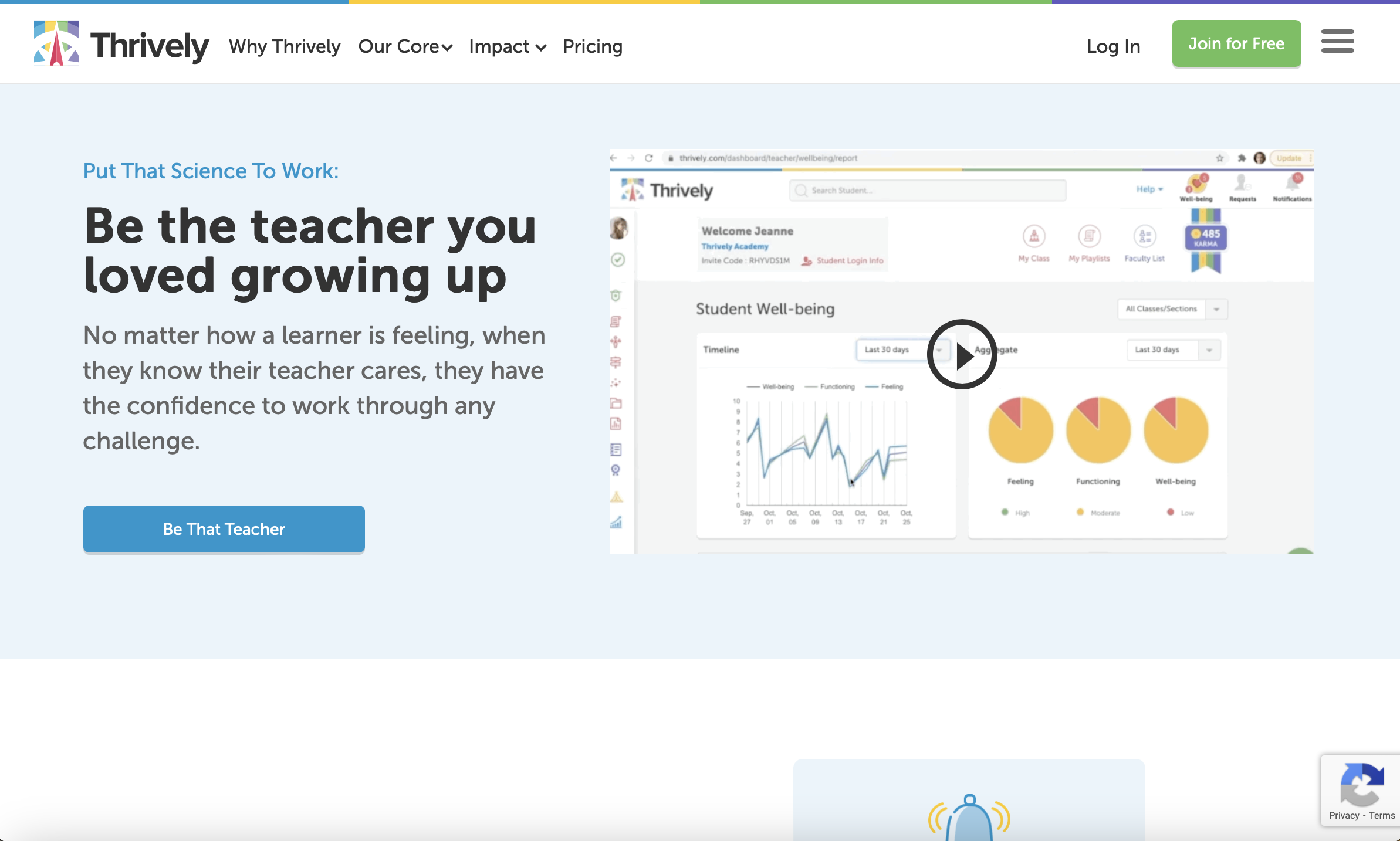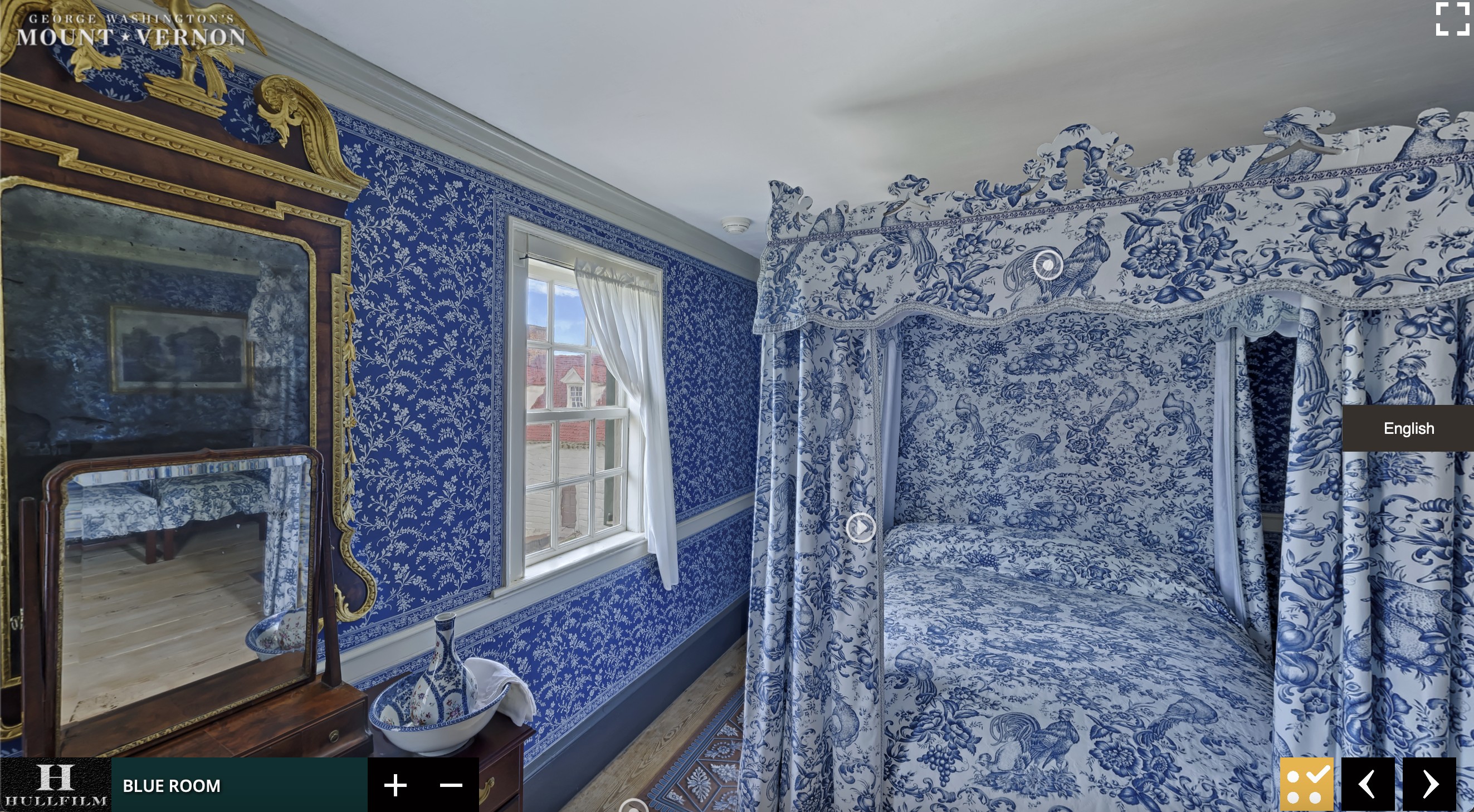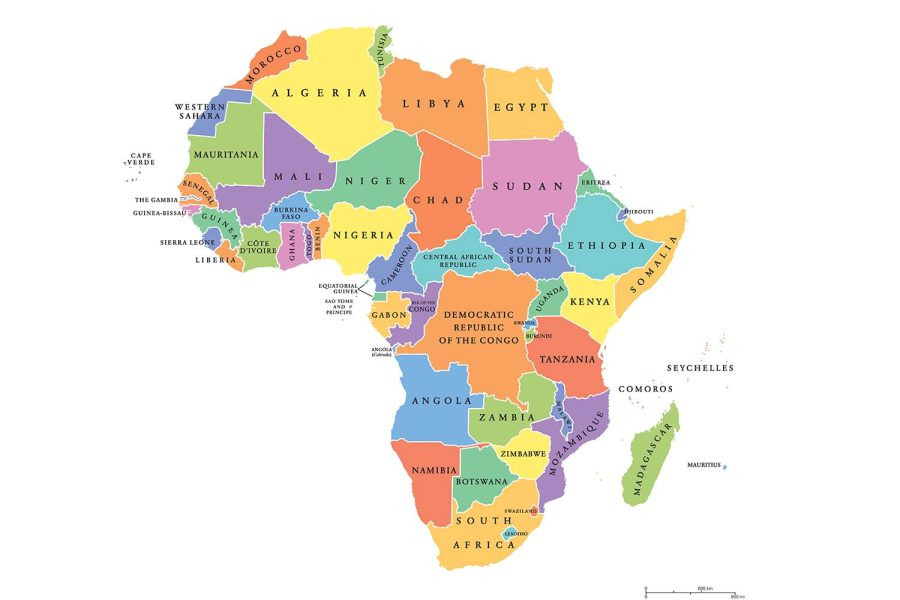Virtual Reality In Classrooms
Educators and students have access to advanced technology and the internet. Educators can take advantage of these tools to encourage more interactive learning and development for students. The WE Virtual Learning Center is highly recommended for enhancing learning and global collaborations. I checked out some of its features, including their student toolkit, and their collaboration with Thrively.

The WE Virtual Learning Center created a toolkit for students to use to improve their service learning skills. It has lists of ways to do good in one’s community as well as suggestions for becoming a better global citizen. I like how this resource provides examples of volunteer work in different communities. In addition, students have the opportunity to set and achieve various goals that are connected to achieving global goals. Educators can encourage their students to create positive change in this world thanks to the student toolkit.

WE and Thrively collaborated to create a site in which students express how they feel each day. This method will help educators with tracking student progress and giving students the resources needed to succeed. I really enjoyed seeing the data bases on how students feel along with how organized they are. This reminds me of one of the courses I took this past semester called African Americans on Television. My professor would always start the beginning of class with weekly check-ins to see how the class was doing. I would recommend utilizing this resource to develop teaching skills.
Social Justice in Film Hyper-Doc
Hyper-docs are online documents that encourage engagement and creativity. We can use hyper-docs to make learning more exciting while teaching different topics. I found a hyper-doc on the topic of social justice in film. This presentation was used to teach eighth grade students about the impact of social justice in the film industry. It provided discussion questions about this topic and a list. Students were assigned to write about a specific film and how it reflects our society. Using hyper-docs can also help students with collaborative skills and sharing their ideas with each other.

Virtual Field Trip to Mount Vernon
I visited the virtual tour for George Washington’s Mount Vernon Mansion. I was very intrigued by its name and wondered what this place was about. The Mount Vernon Mansion used to be where George Washington and his wife Martha Washington lived. It has rich history as well as lots of space and numerous facilities. Specifically, this mansion consists of multiple bedrooms, a kitchen, a blacksmith shop, gardens, farms, and a river. What I enjoyed the most about this virtual trip was seeing all the beautiful views. I loved seeing how huge each room was, especially the bed chambers. Each room seems to have their own unique charm. Overall, I enjoyed this experience and would recommend it for anyone who loves U.S. History.

The image above shows the Blue Room. It was originally part of the White Room. Washington used this room to store wood and lumber until it became a bed chamber. As the Blue Room started to look more like the image above, its walls were painted blue with a settle white pattern.

The Upper Garden, shown in the image above, was once used to grow fruit and nuts. Nowadays, this garden showcases flowers, vegetables, and has a green house as well.
Teaching About Africa
The BU Teaching Africa Program is designed to teach international students about the continent of Africa. Boston University created this program so that students in different academic levels, especially university students, can take advantage of the opportunity to explore Africa. It has various lessons for each topic, such as African history, cultures, geography, literature, music, and many more. Additionally, this program has different learning levels ranging from elementary to university level. The BU Teaching Africa Program is a great resource for creating open-minded perspectives, discussions, and critical thinking about the numerous things that Africa has to offer.
I have reviewed the Elementary Level Lesson Plans and Activities for this program. It has puzzles, games, maps, videos, and other interactive features. I enjoyed seeing each of the lesson plans and activities. If I were to become a teacher one day, I would absolutely hope that I could teach my students about Africa in some way. Africana Studies should be mandatory for all students, not to mention Black students as well. Learning about Africa in general is important for learning about humanity and the origins of human civilization.

Collaborating with Professionals and Teachers on X(Twitter)
X (formerly known as Twitter) is a specific social platform in which professionals connect with other people. X/Twitter can be accessed either by using its website or downloading the app on a smartphone. Teachers use this site consistently to tweet about education, different courses (reading, science, math, English, World Languages, etc), announcements, and current events. Additionally, teachers communicate with their students as well as other educators around the world. We can connect with numerous professionals in a spectrum of fields by following them along with sharing, retweeting, and replying to their posts.

I started using X this semester not only to build my profile, but to create my own content and post it for everyone to see. I have already made collaborations with various people so far, including my peers, Professor Michelle Wendt, and people who work in the Media Industry. We have made safe spaces for discussions on our Goals Project as well as other related topics. Honestly, I am enjoying this experience. This platform allows my voice to be heard, especially through imagery and hashtags. I can express my opinions about news tweets while posting about quotes that students and teachers can resonate with. Moreover, I am able to track how many people have liked, seen, reposted, and commented on my content.
Teaching AI in Elective Courses
Artificial Intelligence, also known as AI, is expanding into classrooms in K-12 schools and universities. Instructors can take advantage of generative AI by teaching students how to use it with four projects. The first project involves creating a guessing game. In this activity, students can use AI to organize information into different groups. This skill set will be useful for organizing and identifying data. The second project encourages students to design their own AI agents. Various AI tools can be used to create any kind of content depending on the field. They could also create pieces of art, including music, scripts, poems, and videos. As for the third project, it connects to the second project considering that advanced technology can be an artistic tool. Students can create and enhance their own artwork with different art styles. Lastly, the fourth project introduces AI as translators for multiple languages. Some examples of AI translators include Google Translate and Microsoft Translator. Teaching AI in schools is necessary so students can utilize it wisely and learn about creating original work.

Thank you for reading this blog. Please Follow Me on X (Twitter) @magnifique6185